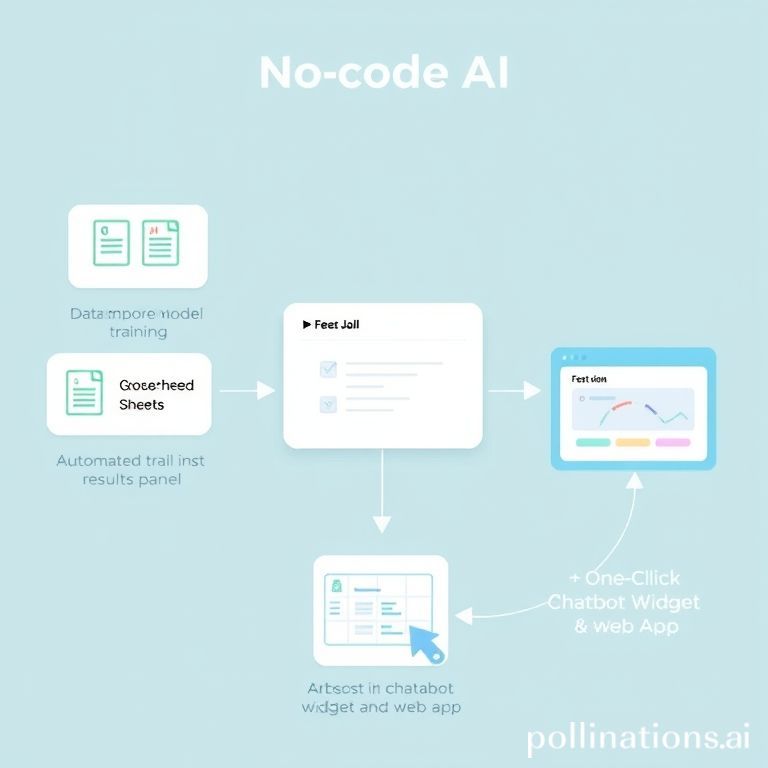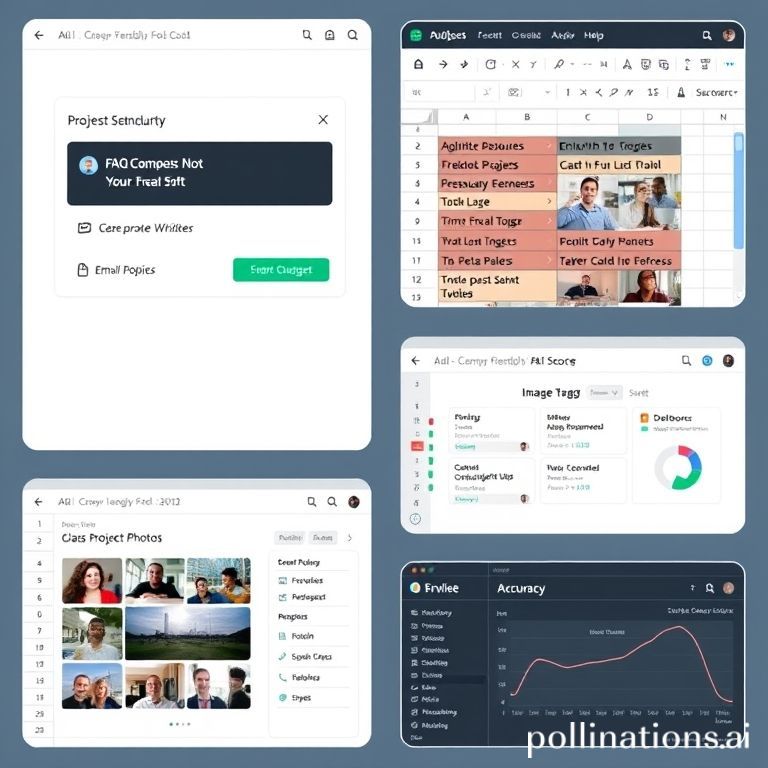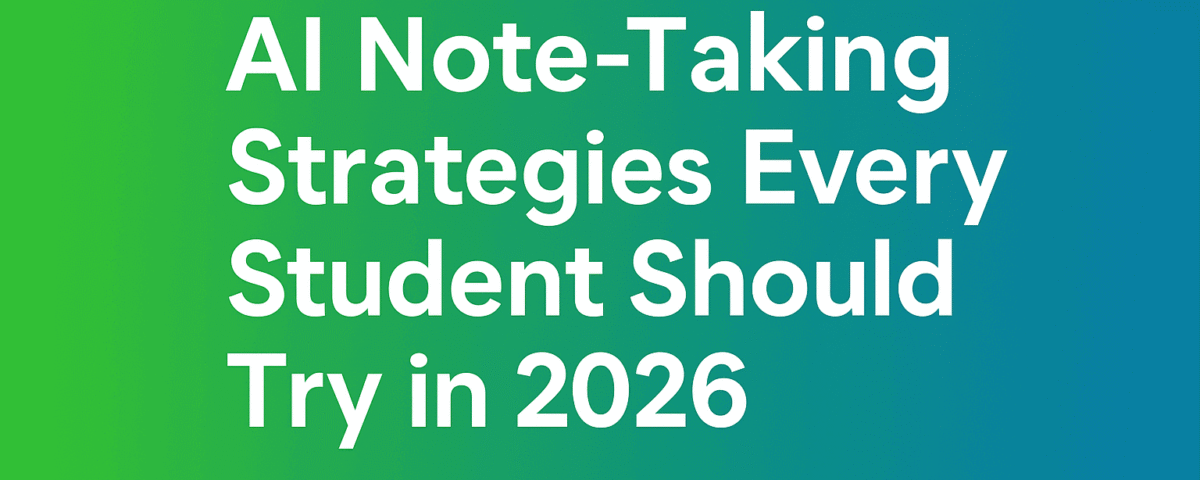No-Code AI, a branch of Artificial Intelligence, means you can build simple AI tools without writing code, using visual builders or guided prompts.
This guide is for students and beginners, offering a gentle learning curve to make AI accessible. You will learn what No-Code AI is, how it works, where to use it, what it costs, and how to start today.
You will see real examples and a simple 30-day learning path. Pick one tiny project to try as you read, and build it step by step.
What Is No-Code AI? Clear Definition for 2025
No-Code AI, a branch of artificial intelligence, lets you build AI apps using visual tools, templates, or prompts, not programming. Through an intuitive user interface, you click, drag blocks, or fill out forms to build workflows. The platform handles the complex parts, like picking machine learning models and training.
Common tasks include:
- Chatbots that answer common questions
- Email sorting for support or school inboxes
- Image tagging for class projects
- Simple predictions, like lead scoring or topic detection
Why it matters in 2025:
- Speed for class projects and small teams
- Lower cost at the start, with free or trial plans
- Better access for non-coders
When it might not fit:
- Very complex systems with custom logic
- Safety-critical tools, like medical decisions
- Projects with strict privacy or compliance needs
No-Code vs Low-Code vs Code in AI Development: Which Should You Use?
ApproachWhat it meansBest forTrade-offsNo-codeVisual builders and promptsPrototypes, clubs, student projectsLess control, platform limitsLow-codeSmall code snippets plus visual toolsEarly products that need custom tweaksSome coding skills, more setupCodeFull programmingCustom research, complex systemsTime, skills, full maintenance
Two quick examples:
- Campus FAQ bot: build with no-code tools and a website embed, done in a day.
- Custom research model: needs code for full control, metrics, and privacy.
Start with no-code if you are new. Move to low-code or code as your needs grow.
Key Benefits and Limits Beginners Should Know
Benefits:
- Accessibility for non-coders
- Speed, build and test in hours, not weeks
- Lower cost at the start with free plans
Limits:
- Platform lock-in, your project depends on their features
- Black box models, you may not know how it decides
- Data quality rules, poor data hurts results
Privacy tips:
- Do not upload sensitive data without permission
- Remove names and IDs when you can
- Check platform privacy settings and access controls
Simple fixes:
- Clean your data and remove duplicates
- Start small and define one clear goal
- Track changes and keep notes on settings
Trends to Watch in 2025
- Natural language setup powered by generative AI, you describe a goal in plain text
- Built-in AI assistants that guide setup and testing
- One place for text, images, and audio projects
- Easy integrations with sheets, forms, and CRMs
- Stronger security, with access control and audit logs
- Larger communities, more tutorials, faster learning
For broader context on no-code, see IBM’s overview on what no code means in software development. For how no-code and AI support non-technical builders, this primer on how AI and no-code can work together adds helpful examples.
How No-Code AI Works: Platforms, Features, and Pricing
No-code development makes it possible for anyone to build AI solutions without writing code, simplifying the entire process from start to finish.
Basic workflow:
- You bring data, like a CSV or Google Sheet.
- The AI engine selects an appropriate model and handles the training automatically.
- You test, adjust, and complete the deployment with a few clicks.
Common interfaces:
- Drag-and-drop blocks in an intuitive user interface for inputs and outputs
- Templates for chatbots, classifiers, and extractors
- Prompt-based wizards that guide setup
Inputs:
- CSV files, Google Sheets, forms, or past chats
Outputs:
- A small web app you can share
- A chatbot you can embed on a site
- An API endpoint for other tools
- An automation step inside a workflow, such as with Zapier
Pricing patterns:
- Free tiers and trials to test ideas
- Per-seat fees for teams
- Usage costs for training or predictions
- Limits on data size, minutes, or monthly calls
Some tools focus on business users. For example, small business app builders, like Buildfire’s no-code AI tools guide, show how platforms are adding AI features to speed up publishing. You will also see curated roundups and trends, like this Forbes piece on the business of no-code AI, which highlights how solo creators turn prompts into usable products.
If you want guided, beginner-friendly projects, explore no-code AI projects for beginners.
Popular No-Code AI Tools in 2025
Beginner-focused platforms tend to include:
- Guided setups that walk you through each step
- Ready-made models for text, images, and simple predictions
- One-click publishing to web apps or chat widgets
- Integrations with spreadsheets, forms, CRMs, and tools like Zapier or Bubble
Platforms like RapidMiner stand out for handling complex model training, while others like Bubble offer versatile no-code building for AI integrations. Always try free trials first. Fit and ease of use matter more than features on a checklist. The Ramp guide on what no-code AI is offers a clear overview of how these tools operate and where they help teams save time.
Common Features You Will Use
- Data upload and labeling: import a CSV or Sheet, label examples
- Automated training: the AI engine selects models and trains them for you
- Quick evaluation: see accuracy, F1, and a confusion matrix
- Version control: save versions before big changes
- One-click deploy: publish to web, chat, or API
The AI behind automated training ensures efficient model selection based on your data, making the process accessible even for beginners.
Monitoring matters:
- Track accuracy over time and spot drops early
- Review errors by example, improve labels or prompts
- Roll back to a safe version if quality falls
- Keep a small change log with settings and dates
What It Costs: Free Plans, Trials, and Hidden Fees
What to expect:
- Free plans cap data size, training time, or monthly predictions
- Paid tiers can charge per user, per project, or by usage, so understanding the overall cost is key
- Hidden costs appear in storage, premium templates, or overage fees
Money-saving tips:
- Start with small datasets and grow only when needed
- Limit deployments to what you actually use
- Turn off projects that are idle
- Document what drives cost in your platform dashboard
For a scan of tooling choices, this curated guide to top no-code AI tools can help you compare options before you commit time or budget.
Start Here: A Simple 7-Step Plan to Build Your First No-Code AI
- Define a tiny goal in one sentence.
- Pick a template that fits your goal.
- Gather a small dataset of quality data with clear labels.
- Train the machine learning model with default settings first to build your predictive model.
- Test on a small holdout set and read the metrics.
- Improve with better examples of data, clearer labels, and prompt engineering for text-based projects.
- Deploy to a link or chat widget and share with one friend.
Quick tips:
- Aim for a few hundred examples if possible, dozens can still teach
- Keep classes balanced, and remove duplicates
- Set a limit, like one afternoon per cycle, to keep moving
- The shallow learning curve means you can get started easily and see quick progress
Pick a Small, Useful Problem
Good first projects:
- Sort support emails into topics using classification for a school group
- Tag photos for an art or science project
- Build an FAQ chatbot for campus hours and contacts
Keep scope tiny. Define success in one line, like: reduce email sorting time by half.
Collect and Clean Data the Easy Way
- Use Google Sheets or a CSV with clear headers
- Write labels that are short and precise
- Aim for balanced classes, like equal numbers per label
- Remove duplicates and obvious noise
- Mask names or IDs to protect privacy
- Add a readme that explains each column and label meaning
Design, Train, and Test Without Code
- Use a template or drag-and-drop workflow
- Split your data into training and testing inside the tool
- Read basic metrics:
- Accuracy: how often the model is right
- F1: balance of precision and recall, useful for uneven classes
- Review errors, then add clearer examples
- Repeat until you hit your simple goal
Deploy and Share Your No-Code AI Safely
- Publish to a web page, chatbot widget, form, or API
- Add a short help message that sets user expectations
- Use permissions or private links for access
- Keep a copy of the previous version to roll back if needed
- Check results weekly and refresh examples as patterns change
Real Examples, Skills, and Your Next Steps
Beginner-Friendly Use Cases You Can Try
- Campus FAQ chatbot that answers hours, locations, and contacts
- Content helper using Generative AI that suggests subject lines for a school newsletter
- Image tagger for Computer Vision tasks like an art show or biology set
- Simple lead score sheet for a student business or club using tools like Bubble
These all fit free or low-cost plans and teach the basics fast.
Skills That Matter for No-Code AI Success
- Problem framing: write a clear goal and a simple success metric for your AI project
- Data Science basics: clean columns, precise labels, and basic checks
- Prompt writing: give clear instructions and a few examples
- Evaluation: read accuracy and F1 in basic machine learning models, then inspect errors for Data Science insights
- Ethics: get consent, watch bias, protect private data in AI applications
These skills transfer well if you later learn to code, even into areas like Deep Learning.
Ethics, Privacy, and Safe Use
- Do not upload secrets or private health or school records to AI tools
- Remove names, emails, and IDs when possible
- Watch for biased or unbalanced training data in AI systems
- Tell users what the tool does, and where it might fail
- Keep a short record of data sources and decisions
For a broader perspective on how teams are using no-code AI for real work, including building apps, this overview on no-code AI’s role in businesses provides useful context for students and clubs planning projects.
Common Mistakes to Avoid
- Huge first goals: pick one tiny task and finish it this week
- Messy or tiny data: clean it, then add more examples
- No test set: hold out some data and check results honestly for actionable insights
- Idle projects: turn off what nobody uses to save cost
- No notes: write down changes so you can roll back
Your 30-Day Learning Path
- Week 1: Learn the basics and choose a tiny project, perhaps with a tool like Teachable Machine
- Week 2: Gather and label data, test a template with defaults
- Week 3: Improve the model, write a short readme, share with a friend or teacher
- Week 4: Deploy with speed, measure one simple metric, make one solid upgrade, and explore trends like Agentic AI
Keep a small portfolio with screenshots and a link to your live demo for building apps with no-code AI. If you want structured practice, try guided paths like these guided hands-on AI tutorials, focusing on user interface improvements when sharing your work.
Conclusion
No-Code AI lets beginners build real tools fast and at low cost. Pick one small project, set a simple goal, and ship it. Protect data, write short notes, and learn from errors. Keep a steady pace and add features as your needs grow. Build today, and grow your AI skills building apps with each tiny win.










[…] you are new to these tools and want a basic foundation, see the Beginner’s guide to no-code AI for students. It covers simple setups, tool types, and privacy […]